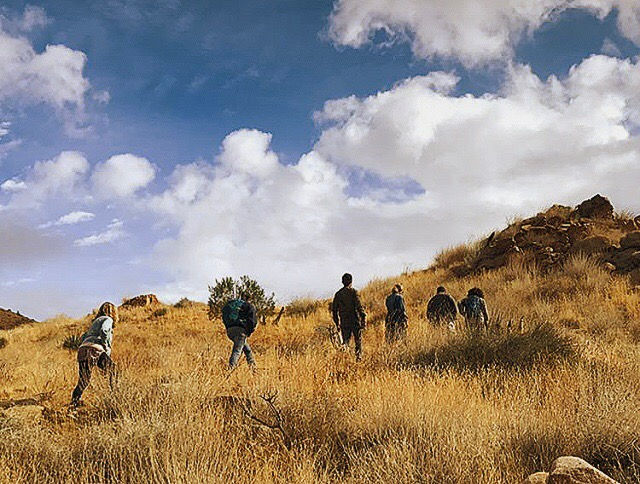𝘛𝘳𝘪𝘭𝘭𝘪𝘶𝘮 𝘰𝘷𝘢𝘵𝘶𝘮 var. 𝘰𝘷𝘢𝘵𝘶𝘮, Western Trillium.
- Christina Every Leaf Speaks Botanical Studies
- Jun 19, 2021
- 2 min read
Updated: Jun 25, 2021
T𝘳𝘪𝘭𝘭𝘪𝘶𝘮 𝘰𝘷𝘢𝘵𝘶𝘮 var. 𝘰𝘷𝘢𝘵𝘶𝘮, Western Trillium.

At first glance we would assume the whorl of foliose (leaf-like) bracts subtending the inflorescence are leaves and many confuse them for being leaves. Some field guides and authors will refer to them as leaves, but they are actually bracts (modified leaves) and in this instance they are capable of photosynthesis.
As the inflorescence (flower) ages it changes in tones from white, pink to a purple.

The seeds have an oily coating called elaiosome that attracts ants, ants feed away on the coating, leaving the seed behind. Ants are an important seed disperser for this plant as with many other flora.


There are 43 𝘛𝘳𝘪𝘭𝘭𝘪𝘶𝘮 species world wide and 38 of the 43 are in North America. Many of the species in North America are either threatened, endangered or vulnerable at a state or federal level. Sadly there is hype to introduce wild 𝘛𝘳𝘪𝘭𝘭𝘪𝘶𝘮 species into folks gardens or to use as herbal medicine as well as habitat loss. It’s frustrating to find on Etsy folks offering 𝘛𝘳𝘪𝘭𝘭𝘪𝘶𝘮 spp.
in bulk herb or herbal medicine especially those listed as threatened or vulnerable in some states like
𝘛𝘳𝘪𝘭𝘭𝘪𝘶𝘮 𝘦𝘳𝘦𝘤𝘵𝘶𝘮, Beth Root. Peruse Etsy and find folks selling wildcrafted 𝘛𝘳𝘪𝘭𝘭𝘪𝘶𝘮 spp. root, ritual perfume, flower essence etc. folks feel that because you label it with a catch phrase like “ethical” that it is now justified to wildcraft these species.

It’s no wonder why many botanist look down on herbalist. I loathe many of these so called “sustainable” “green witch” “hedge witch” “herbalist” using labels like “ethically sourced, ethically wildcrafted” to present themselves as upstanding. This is why I do not purchase herbs from anyone on Etsy, unless I know them personally and know their ethic/knowledge and experince level.















Comentarios